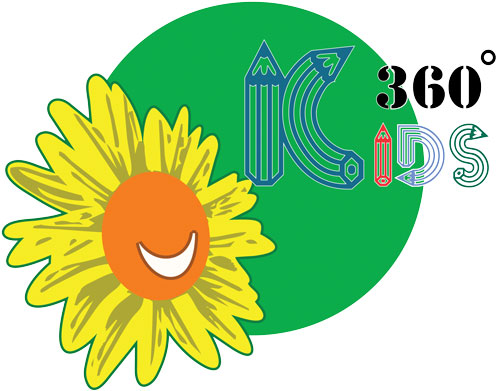
Learning in real-life contexts
Using real-life contexts in which to develop activities for the play school program is a highly effective way of motivating young learners. Children grasp ideas more easily and more effectively and maintain their interest in school when they have an educational program that enables them to connect their learning to their own lives and the world around them. Our programs emphasize the interconnected learning that occurs when children are exposed to real-life situations and activities in the classroom, home, school, and neighbourhood.
